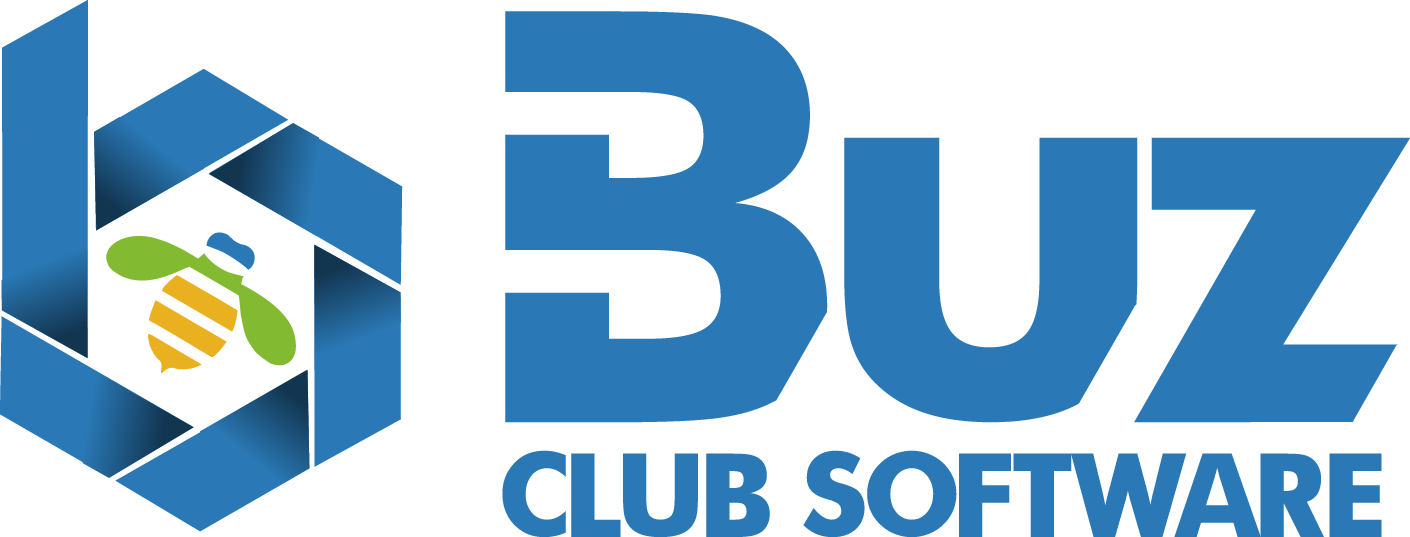What Are Membership Databases?
Country club management software should be an afterthought—or not a thought at all, ideally—for your members. They should be focused on golfing, sailing, dining, or participating in any number of fantastic services that your club offers. However, just because your members aren’t paying attention to your private club membership software doesn’t mean that you should ignore it.
Think of these programs as the crew during a tear-jerking play. The audience doesn’t notice them during the show, but they become awestruck by the performance that’s made possible by changing set pieces, props, and costumes. Membership databases, and the software platforms that allow you to build and maintain them, work the same way.
In this blog, we’ll show you how to transform the way you think about membership data, so you can keep your members at center stage. Let’s start the show!

Why Is Membership Data Important?
Collecting accurate and current data is essential to managing a private club because doing so makes it possible to:
- Track member experience and determine satisfaction levels for individual members
- Determine which services members use the most and rate the highest
- Record member preferences to provide personalized service
- Make business decisions that are backed by relevant information
Private clubs have an enhanced need to collect and use membership data. The first reason for this is that members expect top-of-the-line service. Members pay premium rates to experience the benefits that come with their membership. Exclusivity, access to programs and amenities, and personalized service are what make membership dues worth the cost. With proper data management, clubs can keep spaces from being overcrowded at any given moment and track what individual members require to have a satisfying experience.
In practice, this might involve an online membership portal that allows members to schedule their own tee time, so they can see which times are available with just a few clicks on their smartphone. You can also add a notes functionality to program event or dining reservations, so guests can let your staff know about any accessibility needs for their family.
Another reason why private clubs rely so heavily on data is because clubs offer a great variety of services. Yacht outings, dinners, tee times, tennis court bookings, pools, shows, and so many more programs keep members and their families coming back to private clubs year after year. However, each additional service requires a specific set of data to function at its highest potential. Dining rooms need to track reservations, changing menus, inventory, and members’ food allergies. Golf courses and tennis courts need to ensure the availability of both space and equipment. Shows need to track set design and rehearsal progress, attendance, and audience satisfaction.
With so many sectors to monitor, clubs often rely on a disjointed set of software programs. An all-in-one solution, like Buz Club Software, can help clubs operate more efficiently while providing a higher level of service for loyal members. With all of the features you need for your entire club in one platform, you can reduce miscommunications, member and staff frustration, and even software costs.
Finally, clubs need data to analyze membership trends in real-time. Updates like reservations and program changes impact members on the same day, sometimes within hours or even minutes. With a database platform that updates in real-time, you can respond to sudden challenges quickly, so your members continue to experience the excellent service you are known for providing.
How To Analyze Membership Data
To efficiently analyze membership data, you need to keep it organized in a membership database. This type of database stores essential information like members’ contact and billing details. To get the most out of your database, you can also collect membership preferences and feedback. This information will inform your team on how to provide better service to individual members while improving your club as a whole to offer the most in-demand amenities.
Membership data is only useful if you can read it, though. The amount of data created and consumed globally is expected to increase by 50% between 2023 and 2025, according to Statista. That’s a lot of data to keep track of, and information overload can be just as counterproductive as not collecting data at all. Reporting tools, like those included in most membership data software (which we’ll cover next), can present complex data sets in digestible portions. That way, your team can discover insights that have a tangible, positive impact on your club.
What Is Membership Database Software?
Membership database software platforms are a tool that your team can use to collect and analyze membership data. Some software solutions are piecemeal; they are designed for a specific aspect of club management and excel at satisfying those specific needs. Others, like Buz Club Software, take a holistic approach to membership data management. The idea behind this type of online membership system is that private clubs offer a unified experience, so their software should support this goal. After all, your members aren’t coming just to dine or golf or attend a performance. These experiences work together to leave an impression of your club. If your management approach is disjointed, the delivery of those services will be, too.
There’s a better way. When conducting a club membership database system project, consider the benefits of having critical information from all of your departments in one location. Instead of tracking down attendance rates for all of your different programs, you can view them side-by-side in a single dashboard. This makes it easier to decide which programs appeal to members and which ones need to be updated. You can also make connections between restaurant data and membership satisfaction as well as retail sales data and outdoor space use. For more examples of how to maximize productivity and increase quality of service, request a demo or explore our case study.

What Are the Different Types of Membership Organizations?
Membership club examples include private, exclusive organizations like country clubs and yacht clubs. However, other types of organizations also use a membership model. Nonprofits, university clubs, professional associations, and sports clubs all aim to provide excellent service in exchange for membership dues. Each of these types of organizations offer different amenities and need to meet unique expectations for their members.
That’s why it’s so crucial for private clubs to use membership database software that is specifically designed for their business model. From managing food and beverage needs to coordinating reservations for outdoor spaces, performances, and so much more, private clubs need to juggle a lot of moving parts while creating an absolutely seamless experience for members. An all-in-one club membership software platform reduces errors that can cost you resources and your reputation.
Buz Club Software: Membership Data Management Simplified
Gone are the days when membership data management was complicated out of necessity. You now have better options than to use pen and paper or a separate software platform for each service you provide. See the difference a comprehensive solution can make when you manage all of the following (and more) from a single platform:
- Accounting
- Member Management
- Reservations
- Food and Beverage Point-of-Sale (POS)
- Retail POS
- Reporting
- Content Management
- Member Portal
- Member Communication
- Event Registration
- Support and Maintenance
- Training
Your team should be spending their energy on providing the best service for your members, not trying to manage a disjointed combination of software programs. Explore Buz Club Software’s solution and book a live demo.
Ready to Get Started?
See how our accounting system can support your club's financial operations.
